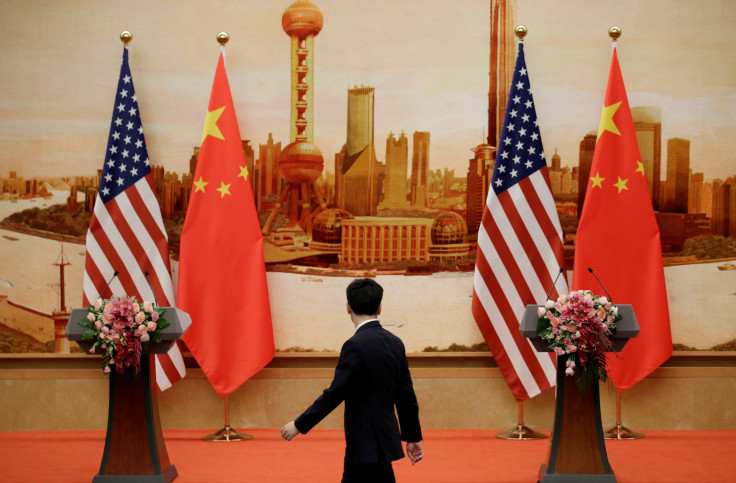China Central Bank Chief Says Plenty Of Room For Monetary Adjustments Amid Trade Row

NUSA DUA, Indonesia - China central bank governor Yi Gang said on Sunday he still sees plenty of room for adjustment in interest rates and the reserve requirement ratio (RRR), as downside risks from trade tensions with the United States remain significant.
China faced “tremendous uncertainties” due to the impact of tariffs and trade frictions and was seeking a “constructive solution” to the current trade tensions, Yi said at a seminar on the sidelines of the annual International Monetary Fund and World Bank meetings on the Indonesian island of Bali.
“We still have plenty of monetary policy instruments in terms of interest rate policy, in terms of RRR. We have plenty of room for adjustment, just in case we need it,” Yi said.
Beijing and Washington have slapped tit-for-tat tariffs on each other and plans for bilateral trade talks to resolve the dispute have stalled, triggering a market rout and putting pressure on China’s already softening economy and weakening currency.
Yi said China’s economic growth would still comfortably reach its full-year target of around 6.5 percent in 2018 with the possibility of overshooting, adding that he was comfortable with current inflation levels.
China has implemented four RRR cuts this year, releasing billions in new liquidity to the market, and used other tools to push down corporate lending rates, but Yi said trade tensions with the United States could hit the economy further.
“I think the downside risks from trade tensions are significant,” the central bank chief said. “Tremendous uncertainties (are) ahead of us.”
Yi said China’s monetary stance was still basically neutral, without an easing or tightening bias, adding that he believed the amount of liquidity pumped into the market was appropriate to stabilize leverage.
China has sought to reduce its massive debt pile, with a state-led crackdown on shadow banking and excessive lending to unproductive sectors such as real estate.
“Our overall leverage has been stabilized, so that is an achievement. The recent decrease of RRR or other monetary instruments is basically to supply adequate liquidity,” he said.
Yi expected China’s consumer price inflation to come in at around 2 percent for the year, with producer price inflation falling to a range of 3 percent to 4 percent.
Cross-border capital flows had been normal, he added, while China’s economy has shifted away from exports to become more domestically driven.
China’s current account could turn positive this year with “a bit” of a surplus, even though it would still account for less than 1 percent of gross domestic product, Yi said.
Meanwhile, China was seeking a constructive solution to the trade row, while speeding up reforms to strengthen intellectual property right protection and “significantly” opening up financial services.
“We are sincere to show that we are willing to have a constructive solution. And a constructive solution is better than a trade war, which is lose-lose,” he said.
Reuters
Reporting by Yawen Chen; Additional Reporting by Gayatri Suroyo; Editing by Muralikumar Anantharaman and Richard Pullin
© Copyright Thomson Reuters 2024. All rights reserved.




















